How to Remove Scars from Acne: Effective Treatments and What to Expect

If you’ve struggled with acne, you know that the breakouts themselves are frustrating—but the scars they leave behind can be even harder to deal with. The good news is that modern dermatology offers several effective options for improving or even removing acne scars. The best treatment for you depends on the type of scars you […]
Effective Laser for Rosacea Redness: How Pulsed Dye Laser Helps Calm and Clear Your Skin
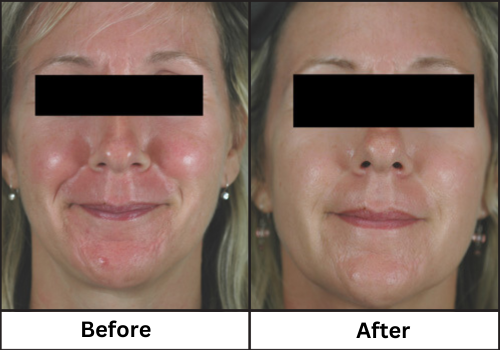
Rosacea is a common, frustrating skin condition that affects millions of Americans. While many patients may find relief with prescription medications, others do not. If you’re searching for alternatives to medication, treatment with a laser for rosacea redness—specifically the pulsed dye laser—can offer a safe and effective option. However, Rosacea is not curable. Laser for […]
Fraxel Laser Gone Wrong: Causes, Prevention, and How to Get It Right
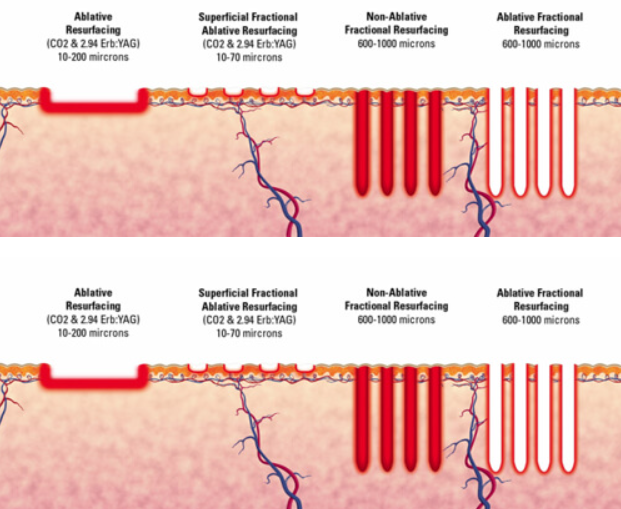
Fractional laser resurfacing has become one of the most popular cosmetic treatments today. Many people see before-and-after photos online and assume that this laser can erase scars, dark spots, wrinkles, and sun damage with just one session. While that sounds appealing, it’s not always true. Unfortunately, we often hear from patients who are upset after […]
What’s The Best Laser For Hair Removal
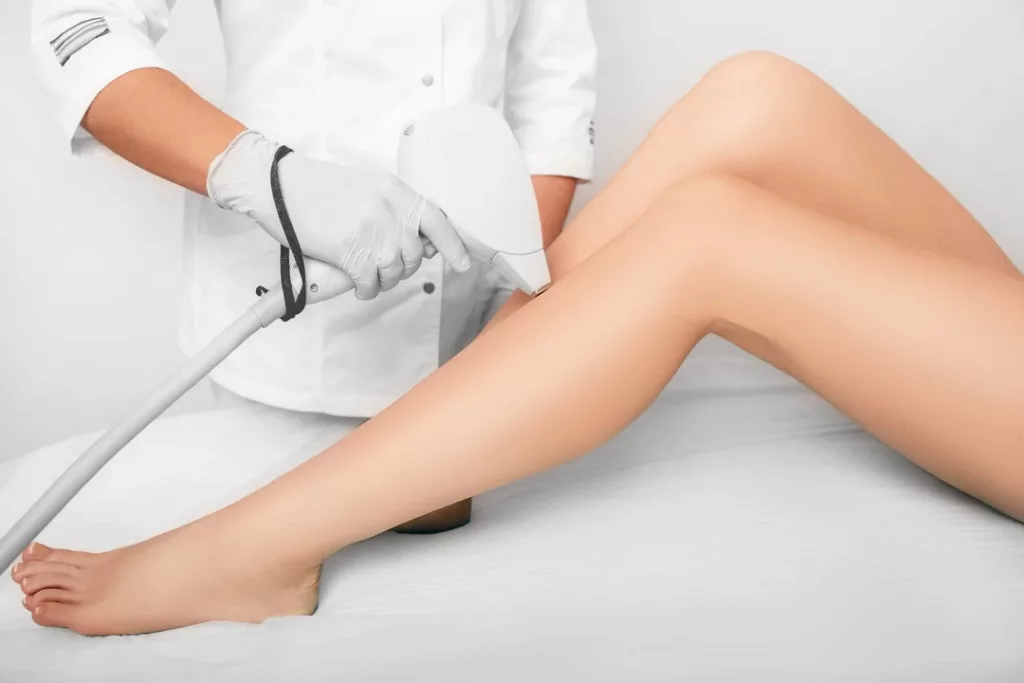
If you’re tired of shaving, waxing, or plucking and want a long-term solution, laser treatments might be the answer. But with so many devices and brands out there, how do you know which one gives the best permanent hair removal results? Let’s break it down in simple terms so you can make an informed choice. […]
Gold Standard in Laser Hair Removal: What It Really Means for You
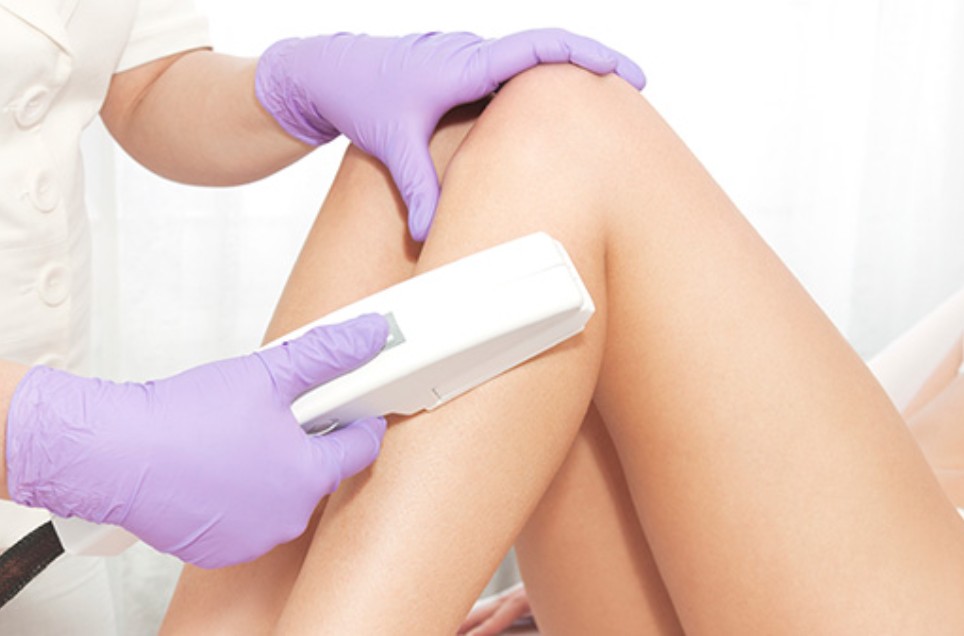
When researching laser treatments, you’ve probably seen the phrase “gold standard laser hair removal” pop up more than once. It sounds impressive, but what does it actually mean? Does it refer to a specific device, a level of quality, or a marketing term? Let’s clear up what “gold standard” really stands for, how it differs […]
What “FDA Approved Laser” Really Means
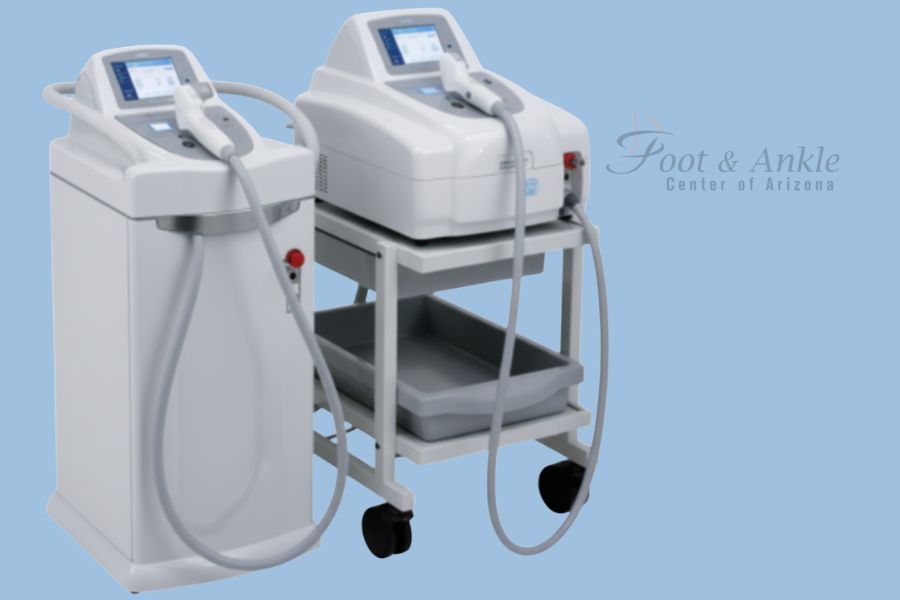
If you’ve been researching laser treatments, you’ve probably come across the term “FDA approved laser.” It’s a phrase that sounds reassuring and trustworthy—something that suggests a laser is safe, proven, and effective. But what does it actually mean? And should it influence your decision when choosing a treatment? What Does FDA Approval Actually Mean? Almost […]
Can I Fake Tan and Have Laser Treatment?
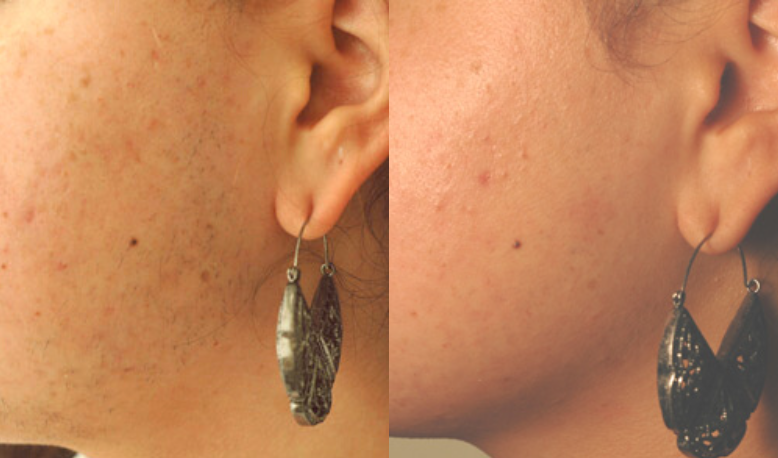
This is one of the most common questions we get from patients. Many people are now avoiding tanning beds and direct sun exposure, choosing self-tanners instead. That’s a smart choice for your long-term skin health since fake tans eliminate the risk of UV-related skin cancer. However, when it comes to fake tan and laser hair […]
Lumenis LightSheer Laser Hair Removal Definitive Guide
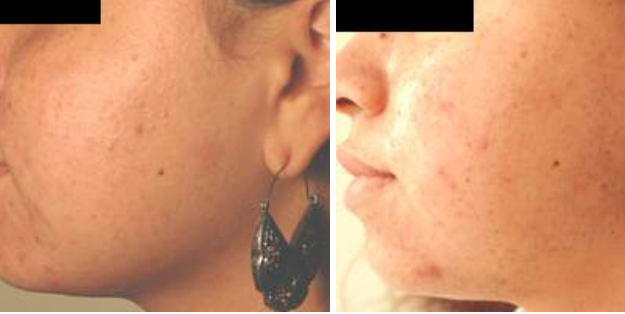
We understand completely that if you’re shopping for laser hair removal services, your primary goal is to secure the most effective treatment available without spending a fortune. It’s natural to want the lowest price possible, but true value lies in the combination of excellent results, enduring safety, and a reasonable cost. As you browse the […]
Why Did I Get Hives after Laser Tattoo Removal?
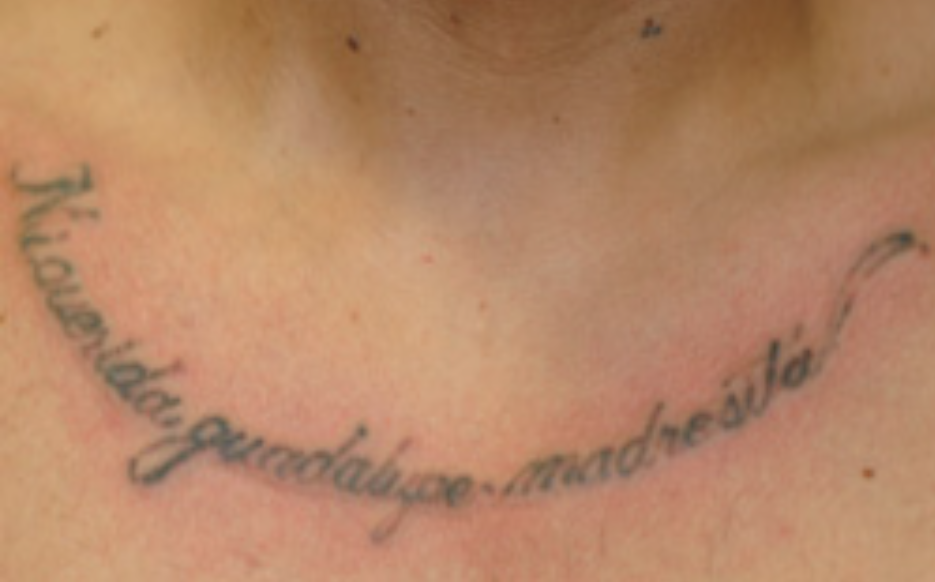
No, you’re not allergic to laser tattoo removal. While that is often the first thought of someone who gets hives after tattoo removal, we promise that’s not the case. We know that some patients develop red, itchy, raised and swollen looking skin immediately after laser treatment of their tattoo. Why? No one is quite sure, […]
Permanent Keloid Removal: What You Should Know
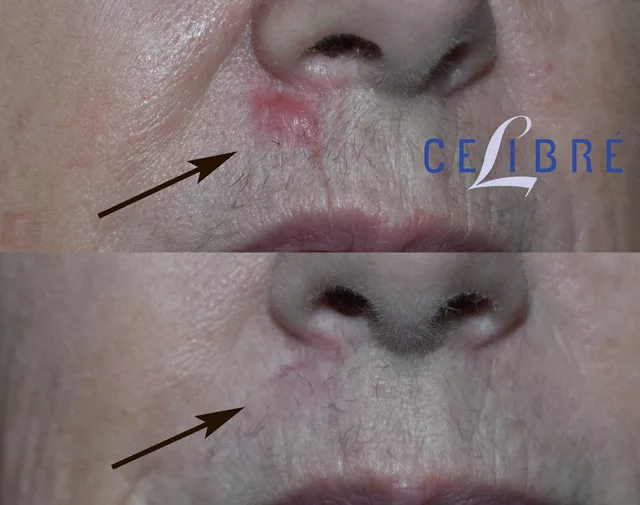
Keloid scars are a difficult problem to have. If you suffer from keloids, you’ve probably asked at least one doctor what can be done to help. We’ll bet you were told that they are hard to treat. While this is true to some extent, permanent keloid removal is not impossible. However, it’s important to understand […]
Does Laser Acne Scar Removal Work?
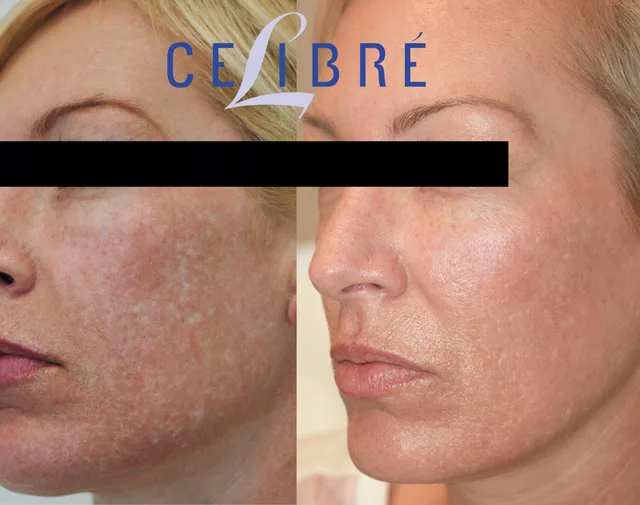
Acne is one of the most common skin conditions, and for many people, it leaves behind stubborn scars that affect both appearance and confidence. While topical creams and medications may help with breakouts, they often don’t do much for scarring. This is why many people ask the important question: Does laser acne scar removal work? […]
Will My Tattoo Be Completely Gone After Laser Treatments
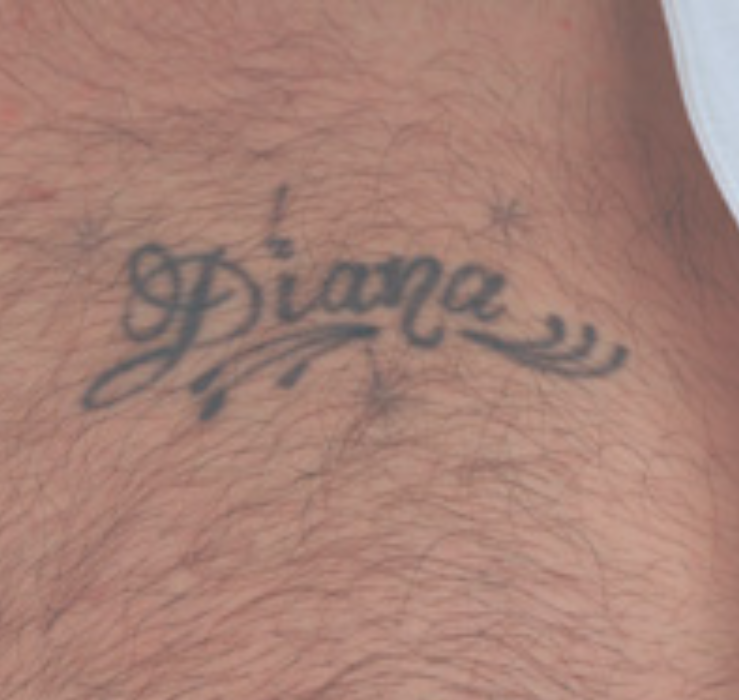
Laser tattoo removal is a safe and effective method for removing unwanted tattoos. Unfortunately, the process may take numerous treatments, even when done correctly. Patients often have to wait a period of 1-2 years to complete the process because of the time it takes the body to remove tattoo ink that has been broken down […]
Is There a Laser Treatment to Help Get Rid of Road Rash?
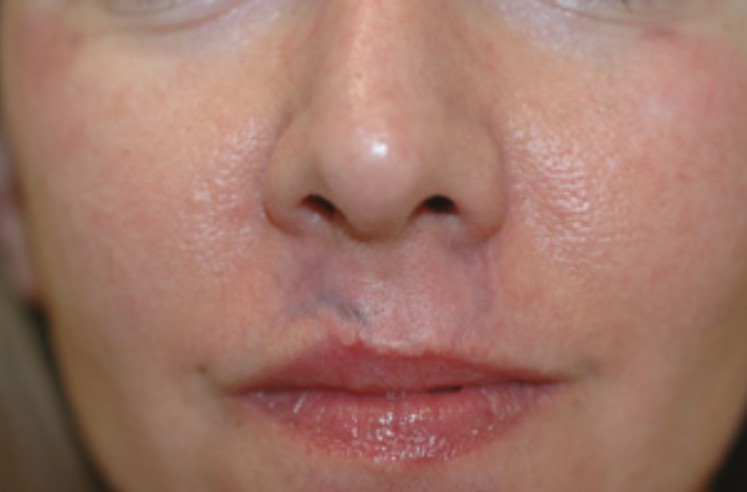
What Is Road Rash and Why Does It Leave Scars? Road rash is a slang or laymen’s term for a condition better known in the medical field as a traumatic tattoo. If you’ve ever had an accident—bike, car or motorcycle—or know someone who has, then you may be familiar with it. If a patient’s skin […]
Laser Treatments for Nevus of Ota Birthmarks

What is a Nevus of Ota Birthmark? A Nevus of Ota is a type of pigmented lesion that commonly develops on the face, often around the eye, temple, or forehead. These marks appear bluish, greenish, or gray because the pigment lies deep within the dermis, the second layer of skin. While benign and not […]
Laser for Cherry Angiomas: A Doctor’s Guide to Safe and Effective Treatment

Cherry angiomas, sometimes called “red moles,” are among the most common benign skin growths we see in adults. While they are harmless, many patients want them removed for cosmetic reasons or because they bleed easily when scratched. One of the safest and most effective ways to treat them is with laser for cherry angiomas. As […]
